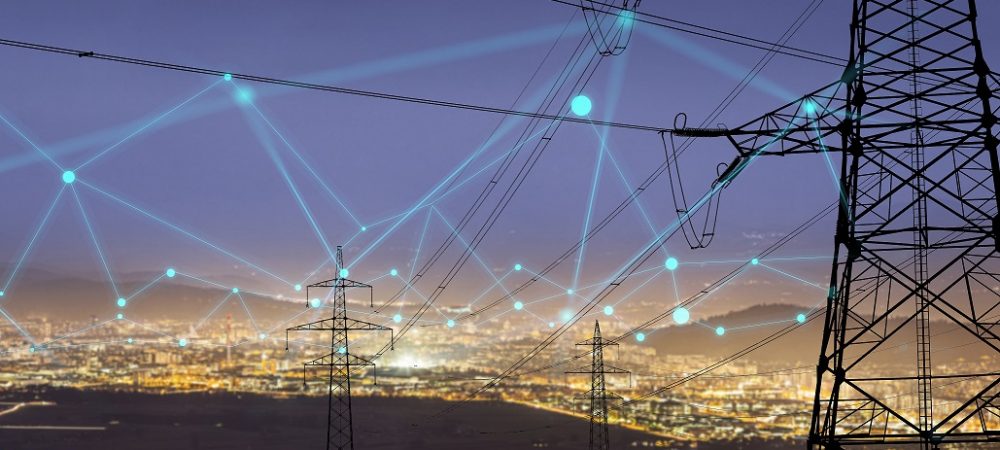Thiago Guimarães, Senior Risk and Performance Manager at ICTS Protiviti, explains that using IoT, it is possible to install sensors that collect equipment data, such as temperature and port opening and transmit this information via Bluetooth to the network, without the need to run any wiring.
Brazilian companies, which are still recovering from the impacts brought by the pandemic and its challenges, already have another concern on the horizon: the blackout. After years of some energy stability, in 2021 this word returned to the news due to the period of little rain and reservoirs at critical levels. In this scenario, initiatives to reduce consumption became challenging for organizations.

In food retail, for example, the main villain in the energy bill is refrigeration equipment to keep food within recommended temperatures. We know that in many supermarkets the equipment is old and the maintenance teams end up being overloaded.
Just as we needed to defrost the freezers in our old refrigerators, in supermarket refrigerators there are electrical resistances that are periodically turned on to remove the ice that ends up forming in the cold air outlet, thus avoiding blocking that air outlet. The more times this resistance is activated, the lower the risk of ice formation and, consequently, the lower the risk of loss of products and damage to equipment. However, this strategy ends up bringing greater energy consumption by generating heat in the resistance and then lowering the temperature again.
In a supermarket scenario with old refrigerators and poor maintenance, this condition of operating with a greater amount of defrosts to reduce the risk of equipment breakage and product loss is very common. As a result, the increase in energy consumption often ends up being hidden.
The good news is that Industry 4.0 technologies can support this scenario. Using Internet of Things (IoT), it is possible to install sensors that collect equipment data, such as temperature and door opening and transmit this information via bluetooth to the network, without the need to run any wires in the store. With the data available, AI algorithms analyze the equipment’s operating patterns, indicating when there is a risk of equipment failure or risk of product loss, allowing a predictive action by the maintenance team.
Real-time monitoring through AI will reduce the number of refrigerator defrosts, without exposing the products to risk and without overloading the maintenance team. The adoption of this technology in some retailers provides, on average, a 100% reduction in product losses due to refrigeration problems, in addition to a reduction of more than 10% in the store’s energy consumption. Just as technology was important to overcome the challenges brought by the pandemic, it can also be an important ally for companies at this time of energy crisis.



